Embarking on your YouTube journey? Reaching your first 100 subscribers is a significant milestone, a testament to your dedication and the quality of your content. This guide is your roadmap, navigating the often-complex YouTube landscape with practical advice and actionable strategies. We’ll break down everything from understanding the platform to creating engaging videos and promoting your channel effectively.
This comprehensive overview will cover understanding the YouTube environment, optimizing your channel, creating compelling content, promoting your channel, mastering , analyzing your performance, building a relationship with your audience, and maintaining consistency. Each section offers clear, step-by-step instructions to help you build a solid foundation and achieve your subscriber goals. Let’s get started!
Understanding the YouTube Landscape
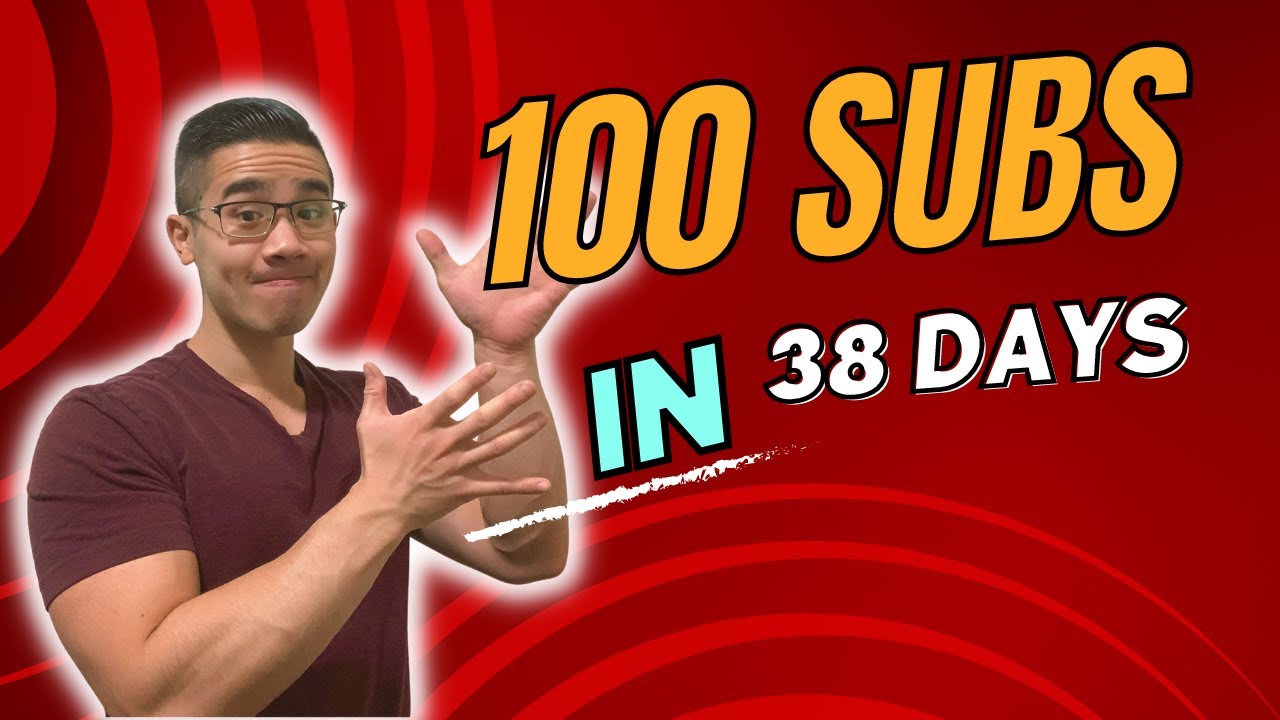
The YouTube landscape is a dynamic and competitive environment, constantly evolving with new creators, trends, and technologies. For new YouTubers, navigating this landscape can seem daunting, but understanding its core elements is crucial for success. This section will break down the essential aspects of the current YouTube environment, focusing on niche selection, audience research, and common pitfalls to avoid.
The Current YouTube Environment
YouTube, as of late 2023 and early 2024, is dominated by established channels with large subscriber bases and sophisticated production values. However, there’s still ample opportunity for new creators to gain traction. The platform’s algorithm favors content that keeps viewers engaged, promotes watch time, and aligns with user interests. Therefore, the key to success is creating high-quality, engaging content tailored to a specific audience.
The prevalence of short-form video content, particularly YouTube Shorts, has also significantly impacted the landscape, offering a different avenue for content discovery and channel growth.
Niche Selection and Audience Research
Choosing a niche is one of the most critical decisions a new YouTuber will make. A niche is a specific area of interest or topic that your channel will focus on. Instead of trying to appeal to everyone, focusing on a niche allows you to target a specific audience with shared interests.
- Benefits of Niche Selection: Defining a niche helps you focus your content, making it easier to attract a loyal audience. It also simplifies content creation by narrowing down potential topics. This focus increases your chances of ranking in search results for specific s and attracts viewers genuinely interested in your content.
- Audience Research: Understanding your target audience is paramount. Before you even create your first video, research who your ideal viewer is. Consider:
- Demographics: Age, gender, location, and income level.
- Interests: What are their hobbies, passions, and pain points?
- Behavior: What other channels do they watch? What type of content do they prefer (e.g., tutorials, reviews, vlogs)?
This information will guide your content creation, helping you tailor your videos to resonate with your audience. Tools like YouTube Analytics, Google Trends, and social media listening can be invaluable for audience research.
- Finding Your Niche: Combine your passions and expertise with market research. Identify topics with sufficient audience interest but not saturated with content. Use research tools to find relevant search terms with moderate competition. This will increase your chances of being discovered.
Common Mistakes and How to Avoid Them
New YouTubers often make mistakes that can hinder their growth. Recognizing and avoiding these pitfalls is essential for success.
- Poor Content Quality: This includes low-quality video and audio, unengaging scripts, and lack of editing.
Solution: Invest in decent equipment (a good microphone is more important than a fancy camera initially), practice your presentation skills, and learn basic video editing techniques. Even simple edits can dramatically improve your videos.
- Inconsistent Upload Schedule: Irregular uploads make it difficult to build and retain an audience.
Solution: Create a content calendar and stick to a consistent upload schedule. Even one video per week is better than sporadic uploads. Inform your audience when to expect new content.
- Ignoring YouTube Analytics: Failing to analyze your video performance means you are flying blind.
Solution: Regularly review your YouTube Analytics dashboard. Pay attention to metrics like watch time, audience retention, and click-through rates. Use this data to understand what’s working and what’s not, and adjust your content strategy accordingly.
- Lack of Optimization: Not optimizing your videos for search can significantly limit their visibility.
Solution: Research relevant s, use them in your video titles, descriptions, and tags. Write compelling descriptions that entice viewers to click. Create eye-catching thumbnails.
- Not Engaging with the Audience: YouTube is a social platform. Ignoring comments and feedback limits your ability to build a community.
Solution: Respond to comments, ask questions, and encourage discussion. This interaction fosters a sense of community and makes your audience feel valued.
- Unrealistic Expectations: Expecting overnight success is a common mistake. Building a successful YouTube channel takes time and effort.
Solution: Be patient and persistent. Focus on consistently creating high-quality content and building relationships with your audience. Celebrate small victories and learn from your mistakes.
Creating Engaging Video Content
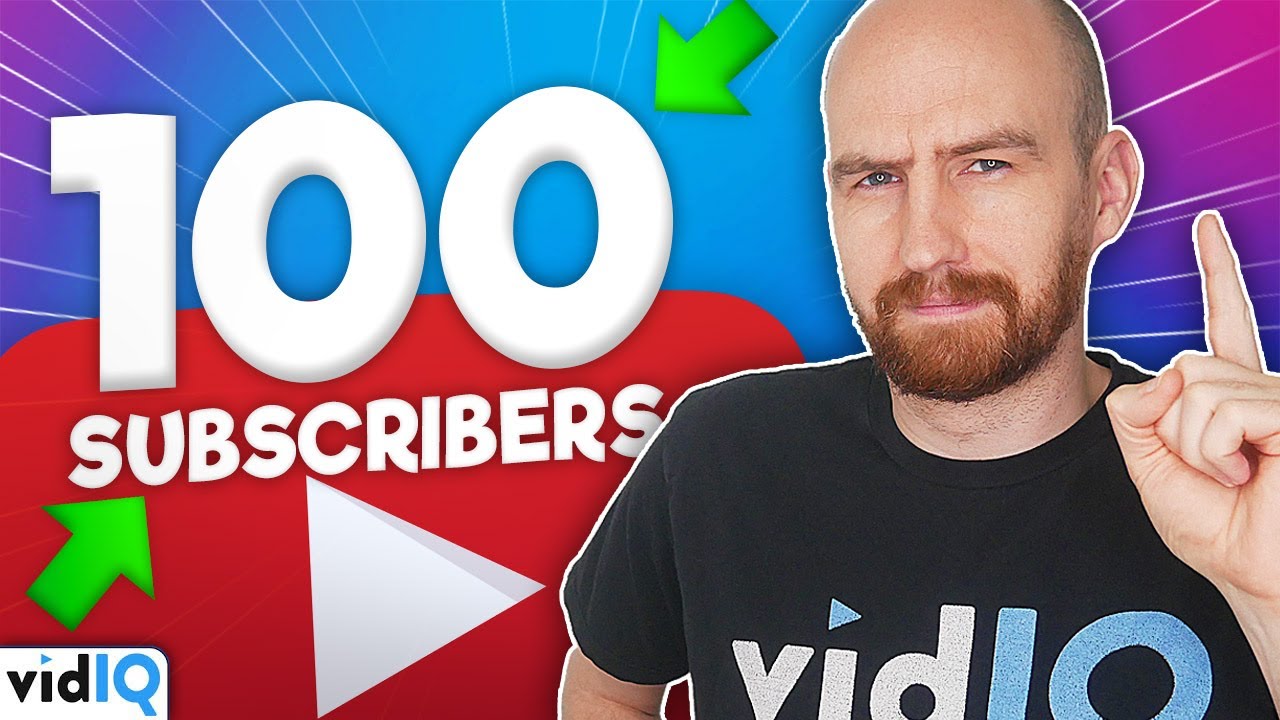
Creating captivating content is crucial for attracting and retaining viewers on YouTube. This section delves into crafting engaging videos, from brainstorming ideas to producing high-quality content, even with limited resources. We’ll cover various aspects, including video ideas, scriptwriting, production techniques, and upload schedules.
Video Ideas for Different Niches
Choosing the right video topics is essential for attracting your target audience. The following list provides video ideas tailored to various YouTube niches. Remember to adapt these suggestions to your specific area of expertise and audience interests.
- Gaming:
- Gameplay walkthroughs and tutorials for popular games.
- Game reviews and first impressions.
- “Let’s Play” series with commentary.
- Gaming news and updates.
- Speedruns and challenge runs.
- Beauty and Fashion:
- Makeup tutorials and product reviews.
- Haul videos showcasing new purchases.
- Fashion lookbooks and style guides.
- “Get Ready With Me” videos.
- DIY beauty and fashion projects.
- Vlogging:
- Daily vlogs documenting your life.
- Travel vlogs showcasing destinations.
- Challenge videos and collaborations.
- Q&A sessions with your audience.
- “Day in the life” videos.
- Educational:
- Tutorials and how-to guides.
- Explainer videos simplifying complex topics.
- Documentaries and educational series.
- Book reviews and summaries.
- Language learning lessons.
- Fitness and Health:
- Workout routines and exercise demonstrations.
- Healthy recipe videos.
- Fitness challenges and progress updates.
- Nutritional advice and diet plans.
- Yoga and meditation sessions.
- Technology:
- Product reviews and unboxing videos.
- Tech tutorials and troubleshooting guides.
- Smartphone and gadget comparisons.
- Tech news and industry analysis.
- Software and app reviews.
- Comedy:
- Skits and sketch comedy.
- Prank videos and challenges.
- Funny story times.
- Parody videos.
- Reaction videos.
Scriptwriting and Storytelling for YouTube Videos
A well-written script and compelling storytelling are fundamental to keeping viewers engaged. Here’s a detailed guide to scriptwriting and storytelling for YouTube videos.
1. Planning and Outlining
Before writing, define your video’s purpose and target audience. Create a detailed Artikel, breaking down the video into segments. Include an introduction, body, and conclusion. Each segment should have a clear objective.
2. Writing the Introduction
The introduction is crucial for grabbing viewers’ attention within the first few seconds. Start with a hook, such as a question, a surprising fact, or a compelling visual. Clearly state the video’s topic and what viewers will gain by watching.
“Consider starting with a bold statement, a relatable problem, or a promise of value. For example, if your video is about ‘How to Bake the Perfect Chocolate Cake,’ begin with, ‘Tired of dry, crumbly chocolate cakes? In this video, I’ll show you the secrets to baking a moist, delicious cake every time!'”
3. Developing the Body
The body of the video provides the main content. Break down complex information into easily digestible segments. Use clear and concise language. Incorporate visuals, such as b-roll footage, graphics, and animations, to support your points. Maintain a consistent pace to keep viewers engaged.
4. Storytelling Techniques
Incorporate storytelling elements to make your content more engaging. Share personal anecdotes, use case studies, and create relatable scenarios. Structure your video as a narrative, with a clear beginning, middle, and end. Build suspense and maintain viewer interest throughout.
5. Writing the Conclusion
Summarize the main points of the video. Provide a call to action, encouraging viewers to subscribe, like, comment, or watch another video. End with a memorable statement or a final thought to leave a lasting impression.
6. Script Formatting and Editing
Format your script for readability. Use headings, bullet points, and short paragraphs. Practice reading the script aloud to identify any awkward phrasing. Edit the script for clarity and flow, ensuring it aligns with the visuals and audio.
Producing High-Quality Video and Audio with Limited Resources
Creating professional-looking videos doesn’t require expensive equipment. Here are techniques for producing high-quality video and audio, even with limited resources.
1. Video Production Techniques
- Lighting: Use natural light whenever possible. Position yourself near a window on a sunny day. If using artificial lighting, invest in a simple ring light or softbox.
- Camera: Use your smartphone. Modern smartphones have excellent cameras capable of producing high-quality video. Clean the lens before each recording.
- Composition: Frame your shots carefully. Use the rule of thirds to create visually appealing compositions. Ensure the background is clean and uncluttered.
- Stability: Use a tripod or find a stable surface to prevent shaky footage. Even leaning your phone against a stack of books can help.
- B-Roll Footage: Incorporate b-roll footage to add visual interest. This can include close-ups, cutaways, and relevant visuals that support your narrative.
2. Audio Production Techniques
- Microphone: Use an external microphone. A lavalier microphone or a USB microphone can significantly improve audio quality compared to your phone’s built-in microphone.
- Recording Environment: Record in a quiet environment. Minimize background noise by closing windows and doors. Record in a room with soft surfaces to reduce echo.
- Audio Editing: Use free audio editing software, such as Audacity, to remove background noise, adjust levels, and improve audio clarity.
- Voice Clarity: Speak clearly and enunciate your words. Practice your script beforehand to avoid stumbles and ensure a smooth delivery.
3. Video Editing Techniques
- Editing Software: Use free video editing software, such as DaVinci Resolve (more advanced) or OpenShot Video Editor (beginner-friendly).
- Transitions: Use smooth transitions, such as crossfades, to connect different clips. Avoid excessive or distracting transitions.
- Text and Graphics: Add text overlays, titles, and graphics to enhance your video. Use them to highlight key points or provide additional information.
- Color Correction: Adjust the colors in your video to create a consistent and visually appealing look. Most editing software offers basic color correction tools.
Consistent Upload Schedule and Examples
A consistent upload schedule is vital for maintaining viewer engagement and building a loyal audience. Here’s how to determine the best upload schedule for your channel.
1. Benefits of a Consistent Schedule
Regular uploads signal to YouTube that your channel is active, which can increase your visibility in search results and recommendations. A consistent schedule helps viewers know when to expect new content, encouraging them to return regularly.
2. Determining Your Upload Schedule
Consider your content production capabilities. Be realistic about how often you can produce high-quality videos. Start with a schedule that you can consistently maintain. It’s better to upload less frequently but consistently than to upload sporadically.
3. Upload Schedule Examples
- Weekly: Upload one video per week. This is a common and manageable schedule for many creators. Choose a specific day and time, such as every Monday at 9:00 AM.
- Bi-Weekly: Upload a video every two weeks. This schedule allows more time for content creation and is suitable for channels with longer or more complex videos.
- Multiple Times Per Week: Upload two or three videos per week. This is suitable for channels that can produce content efficiently and want to grow quickly. For example, upload on Mondays, Wednesdays, and Fridays.
- Daily (or Near-Daily): Upload a video every day or almost every day. This schedule requires significant content production and is typically used by vloggers or channels with short-form content.
4. Consistency is Key
Once you’ve established a schedule, stick to it as much as possible. Inform your audience about your upload schedule so they know when to expect new content. Be transparent with your audience if you need to adjust your schedule.
Promoting Your YouTube Channel
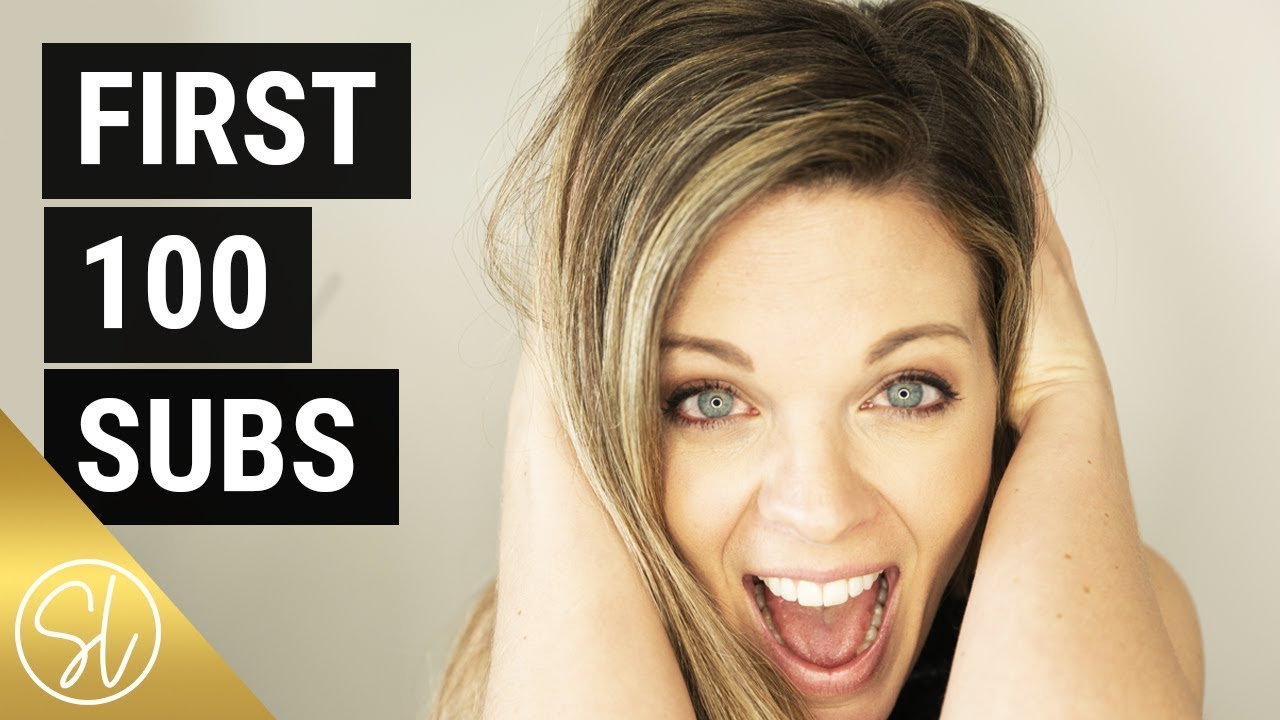
Getting your first 100 subscribers is just the beginning. Now, it’s time to shout about your channel from the rooftops (or, you know, the internet!). Effective promotion is crucial for expanding your reach and attracting new viewers. This section focuses on strategies to promote your channel and grow your audience.
Cross-Promotion Across Social Media Platforms
Leveraging other social media platforms is a powerful way to drive traffic to your YouTube channel. Cross-promotion involves sharing your YouTube content on other platforms where your target audience spends their time. This can significantly increase your video views and subscriber count.
- Share Video Links: Post direct links to your YouTube videos on platforms like Twitter, Facebook, Instagram, TikTok, and Pinterest. Include a compelling description to entice viewers to click.
- Create Snippets and Teasers: Generate short, engaging video snippets or teasers from your longer YouTube videos. These can be posted on platforms like TikTok or Instagram Reels to capture attention and direct viewers to your channel for the full content.
- Use Relevant Hashtags: Research and use relevant hashtags on each platform to increase the visibility of your posts. This helps people discover your content when they search for specific topics.
- Optimize Your Profiles: Ensure your social media profiles include a link to your YouTube channel. This makes it easy for followers to find and subscribe to your channel. Include a call to action (CTA) such as “Subscribe to my YouTube channel!” in your bio.
- Engage with Your Audience: Respond to comments, messages, and mentions on all platforms. This interaction builds relationships and encourages further engagement with your content.
Engaging with Your Audience in the Comments Section and Building Community
Building a strong community around your YouTube channel is essential for long-term success. This involves actively engaging with your viewers in the comments section and fostering a sense of belonging. A thriving community keeps viewers coming back for more and helps promote your content organically.
- Respond to Comments: Make it a habit to respond to comments on your videos. Acknowledge positive feedback, answer questions, and address concerns. This shows viewers that you value their input.
- Ask Questions: Pose questions to your viewers to encourage discussion and interaction. This helps you understand their interests and create content they will enjoy.
- Run Polls: Use the YouTube Community tab to run polls related to your videos or future content ideas. This gives your audience a voice and encourages them to participate.
- Host Live Streams: Live streams provide a great opportunity to interact with your audience in real-time. Answer questions, host Q&A sessions, and build relationships with your viewers.
- Create Exclusive Content: Consider offering exclusive content or perks to subscribers, such as early access to videos, behind-the-scenes footage, or shout-outs. This incentivizes viewers to subscribe and become active members of your community.
Collaborating with Other YouTubers in Your Niche
Collaborations are a fantastic way to expose your channel to a new audience and expand your reach. Partnering with other YouTubers in your niche can lead to cross-promotion, shared audience growth, and fresh content ideas.
- Identify Potential Collaborators: Research other YouTubers in your niche with a similar audience size and content style. Look for channels that align with your brand and values.
- Reach Out and Propose Ideas: Contact potential collaborators with a clear proposal. Suggest video ideas, formats, and collaboration goals. Make it easy for them to say yes.
- Create Collaborative Content: Work together to create videos that benefit both channels. This could include guest appearances, joint reviews, or collaborative challenges.
- Promote Each Other’s Channels: Promote each other’s channels in your videos and on your social media platforms. This helps introduce your audiences to each other.
- Track Results and Iterate: After each collaboration, analyze the results, such as views, subscribers, and engagement. Use this data to refine your collaboration strategy for future projects.
Designing a Promotion Plan Using Free and Paid Methods
A well-structured promotion plan combines both free and paid methods to maximize your reach and budget. Here’s a table comparing different promotion strategies:
| Method | Description | Pros | Cons |
|---|---|---|---|
| Social Media Promotion (Free) | Sharing your videos on social media platforms with relevant hashtags and descriptions. | Cost-effective, builds brand awareness, reaches a wide audience. | Requires consistent effort, can be time-consuming, organic reach limitations. |
| YouTube (Free) | Optimizing video titles, descriptions, tags, and thumbnails to improve search ranking. | Increases organic traffic, targets specific s, long-term benefits. | Requires research, takes time to see results, algorithm changes. |
| Collaborations (Free) | Partnering with other YouTubers to cross-promote each other’s channels. | Expands reach, access to a new audience, builds relationships. | Finding suitable collaborators, requires coordination, potential for mismatched audience. |
| YouTube Ads (Paid) | Running video ads on YouTube to target specific demographics and interests. | Targets a specific audience, increases visibility, drives quick results. | Requires budget, can be expensive, ad fatigue. |
Building a Relationship with Your Audience
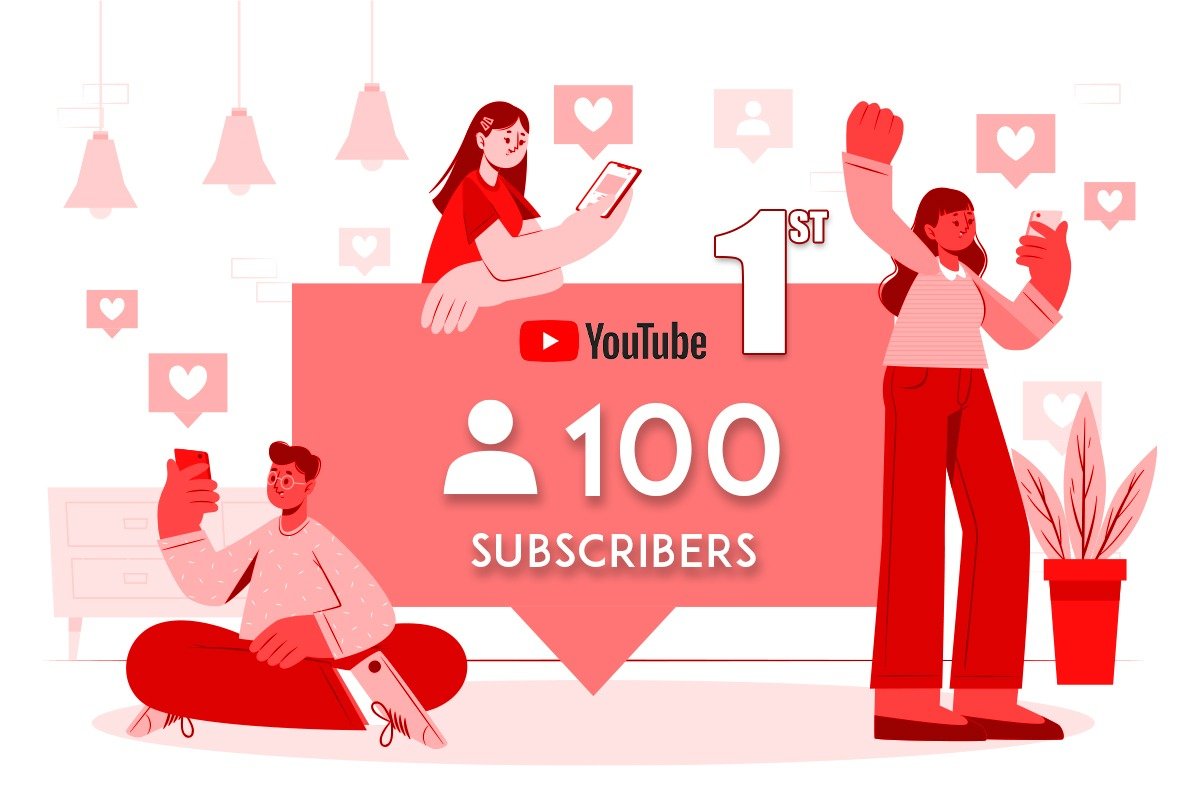
Cultivating a strong relationship with your audience is crucial for long-term success on YouTube. It goes beyond simply creating videos; it involves fostering a sense of community and connection that keeps viewers coming back for more. Building this relationship takes time and consistent effort, but the rewards – increased engagement, loyalty, and ultimately, a thriving channel – are well worth it.
Encouraging Viewers to Subscribe
Turning viewers into subscribers is a primary goal for any YouTube creator. Subscribers are more likely to see your new content and are a key indicator of channel health. Several strategies can effectively prompt viewers to subscribe.
- Strategic Placement of Subscribe Buttons and Calls to Action: Incorporate a clear and visually appealing subscribe button within your videos. Place it in prominent locations like the intro, outro, and end screens. Consider using animated subscribe buttons that capture attention.
- Verbal Reminders: Don’t be shy about asking viewers to subscribe. Casually mention it at the beginning, middle, and end of your videos. For example, “If you’re enjoying this video, don’t forget to subscribe to stay updated on future content!”
- Highlighting Subscriber Benefits: Clearly communicate the benefits of subscribing. Explain what viewers will gain by subscribing, such as exclusive content, early access to videos, or participation in giveaways. For example, “Subscribing gives you access to behind-the-scenes content and early previews of upcoming videos!”
- Offering Incentives: Consider providing incentives to subscribe, such as bonus content or shout-outs. For example, “If we reach 1,000 subscribers, I’ll do a Q&A video!”
Creating Engaging Content for Audience Interaction
Engaging content encourages viewers to interact with your videos, fostering a sense of community. This interaction is invaluable for building relationships and understanding your audience.
- Pose Questions and Encourage Discussion: At the end of your videos, ask viewers questions related to the content. This prompts them to leave comments and share their opinions. For example, “What are your thoughts on this topic? Let me know in the comments below!”
- Run Polls and Quizzes: YouTube’s community features, such as polls and quizzes, provide a fun and interactive way to engage your audience. Use these features to gather feedback, spark conversations, and learn more about your viewers’ preferences.
- Create Series and Sequels: Series and sequels keep viewers invested and coming back for more. End each video with a teaser for the next episode or a promise of what’s to come. This builds anticipation and encourages viewers to subscribe to avoid missing future content.
- Feature User-Generated Content: Showcase content created by your viewers, such as fan art, reviews, or responses to your videos. This acknowledges their contributions and makes them feel valued.
Responding to Comments and Messages
Responding to comments and messages is a direct way to build a community and show your audience that you value their input. This interaction humanizes your channel and fosters loyalty.
- Regular Comment Monitoring: Make it a habit to regularly check and respond to comments on your videos. Aim to respond to as many comments as possible, especially those with thoughtful questions or feedback.
- Personalized Responses: Avoid generic responses. Instead, personalize your replies by addressing viewers by name and referencing specific points from their comments.
- Show Appreciation: Thank viewers for their comments, likes, and shares. A simple “Thank you for watching!” or “I appreciate your feedback!” can go a long way.
- Address Concerns and Resolve Issues: If viewers have questions or concerns, address them promptly and professionally. This demonstrates that you care about their experience and are committed to providing quality content.
- Use YouTube’s Community Tab: The Community tab allows you to post updates, polls, and behind-the-scenes content, fostering more engagement with your audience. This is also a great place to thank your audience for their support.
Using Calls to Action to Increase Engagement
Calls to action (CTAs) are specific prompts that encourage viewers to take a desired action. They are a powerful tool for boosting engagement.
- “Like” the Video: Encourage viewers to like the video if they enjoyed it. A simple “Give this video a thumbs up if you found it helpful!” can be effective.
- Leave a Comment: Encourage viewers to leave comments. This increases interaction and helps you understand your audience. For example, “What did you think of this? Let me know in the comments below!”
- Subscribe to the Channel: Remind viewers to subscribe. Use phrases like “Subscribe for more videos like this!”
- Share the Video: Encourage viewers to share your video with their friends and family. This helps expand your reach. For example, “Share this video with anyone who might find it helpful!”
- Check Out Other Videos: Direct viewers to watch other videos on your channel. Use end screens or cards to link to related content. For example, “Check out my other videos on [topic]!”
- Visit External Links: If you have a website, social media profiles, or affiliate links, include them in your video description and encourage viewers to visit them. For example, “Visit my website for more information: [link]”
Last Point
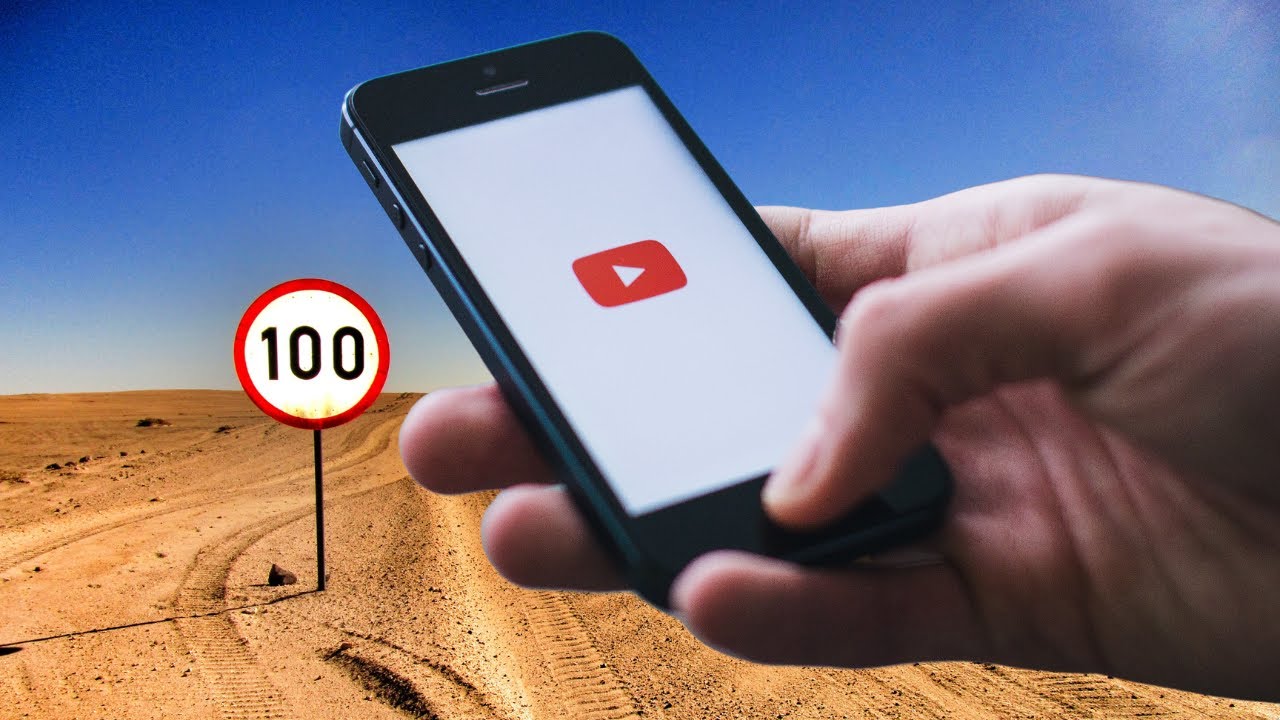
In conclusion, achieving your first 100 subscribers on YouTube is within reach. By understanding the platform, creating engaging content, optimizing your channel, and consistently engaging with your audience, you’ll be well on your way. Remember that patience and persistence are key. Embrace the learning process, adapt to the evolving landscape, and most importantly, have fun sharing your passion with the world.
Your YouTube success story starts now!